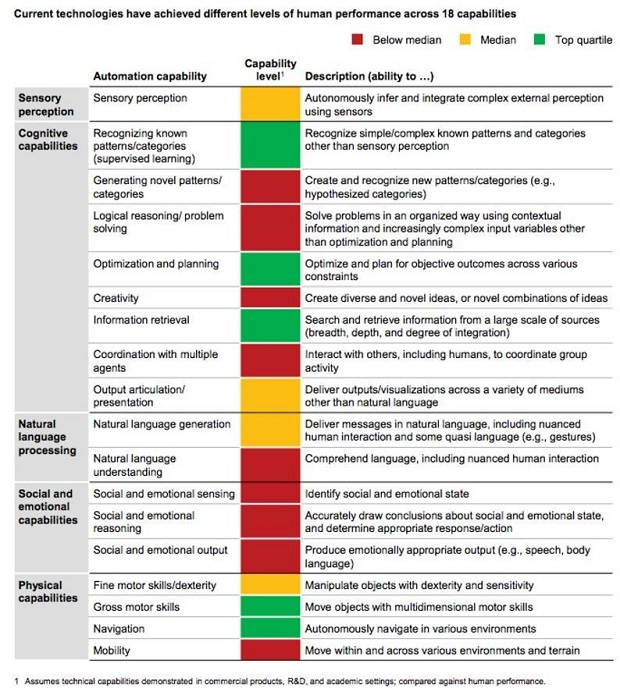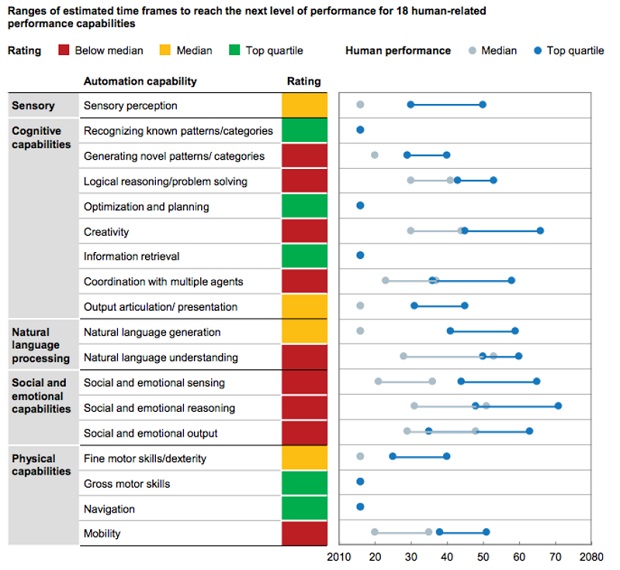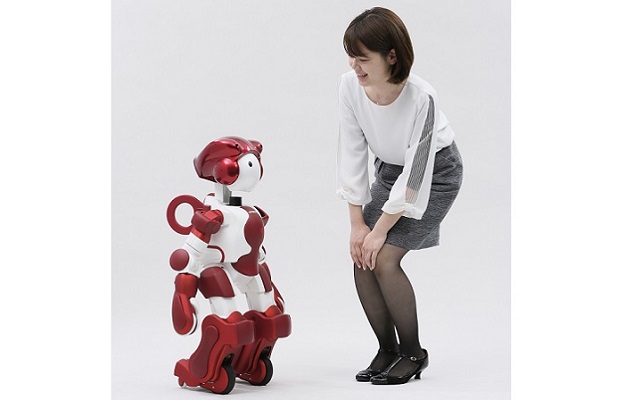Despite the fast-paced rise of artificial intelligence, humans are still better than robots in four key areas, according to a new report.
McKinsey’s new report on the future of automation looks at some key categories where humans and AI compete for roles:
• Spotting new patterns
• Logical reasoning
• Creativity
• Coordination between multiple agents
• Natural language understanding
• Identifying social and emotional states
• Responding to social and emotional states
• Displaying social and emotional states
• Moving around diverse environments.
About half of the work that people are paid to do in the global economy can be automated by adapting existing technologies, the report found.
It also said people will need to continue working alongside machines to produce the economic growth rates which countries around the world aspire to reach.
McKinsey’s business and economics research arm analysed more than 2,000 work activities across 800 occupations.
The report named four skills where robots matched us and five where they beat us.

Image: McKinsey Global institute analysis
McKinsey finds that almost half of work activities globally could be automated using current technology. Of course, the robots are getting better.
Here’s a chart showing when McKinsey expects robots to pass humans on all of those skills:

Image: McKinsey Global institute analysis
It noted that 49 per cent of the activities that people are paid to do have the potential to be automated by adapting technologies that have already been demonstrated. That amounts to almost US$16 trillion (S$23 trillion) in wages.
“Automation will…affect almost all occupations, not just factory workers and clerks, but also landscape gardeners and dental lab technicians, fashion designers, insurance sales representatives and CEOs, to a greater or lesser degree,” the report said.
The extent to which these jobs can be automated depends on the types of work involved. But as a rule of thumb, the report said about 60 per cent of all occupations have at least 30 per cent of activities that could technically be automated.

